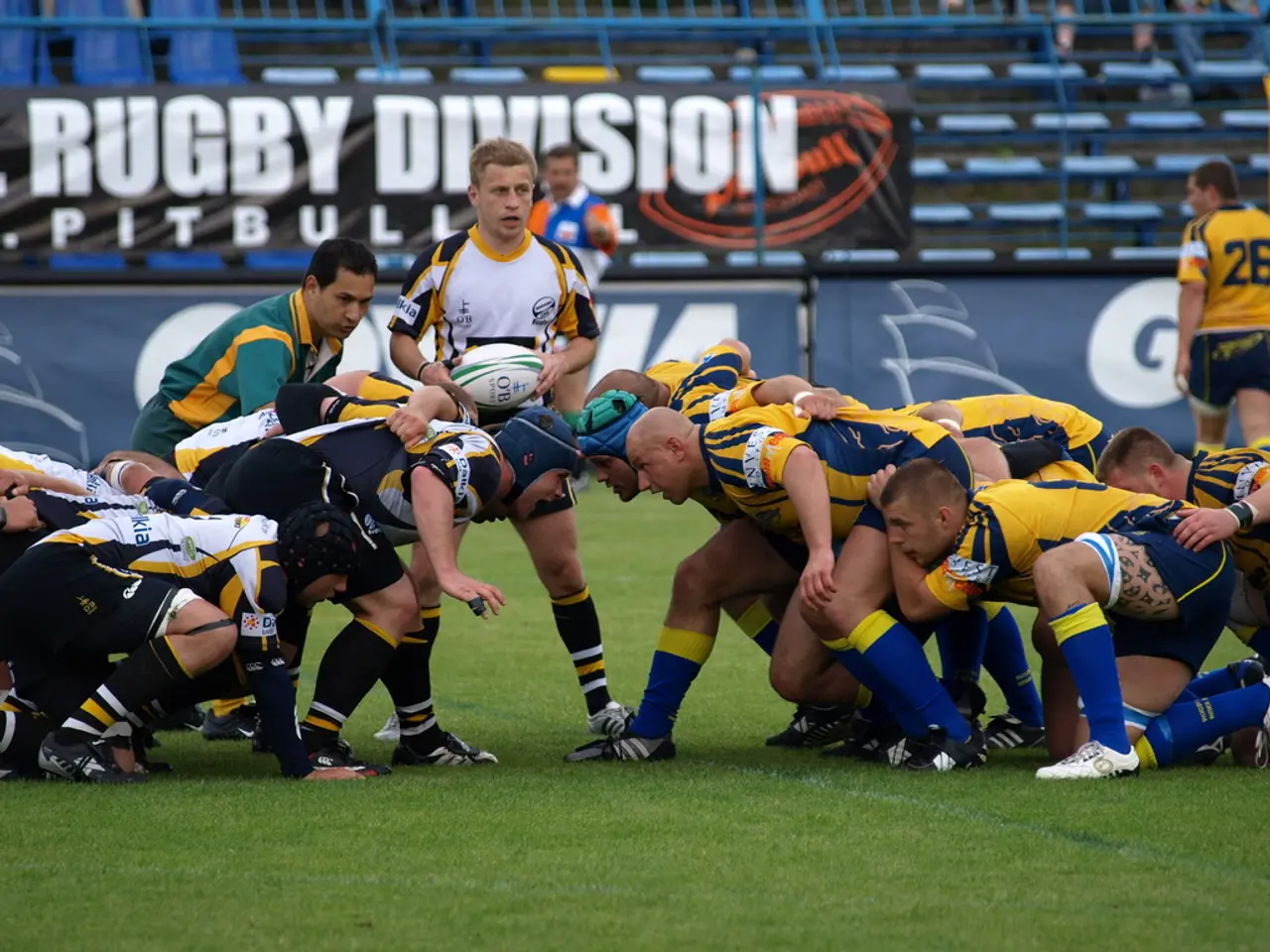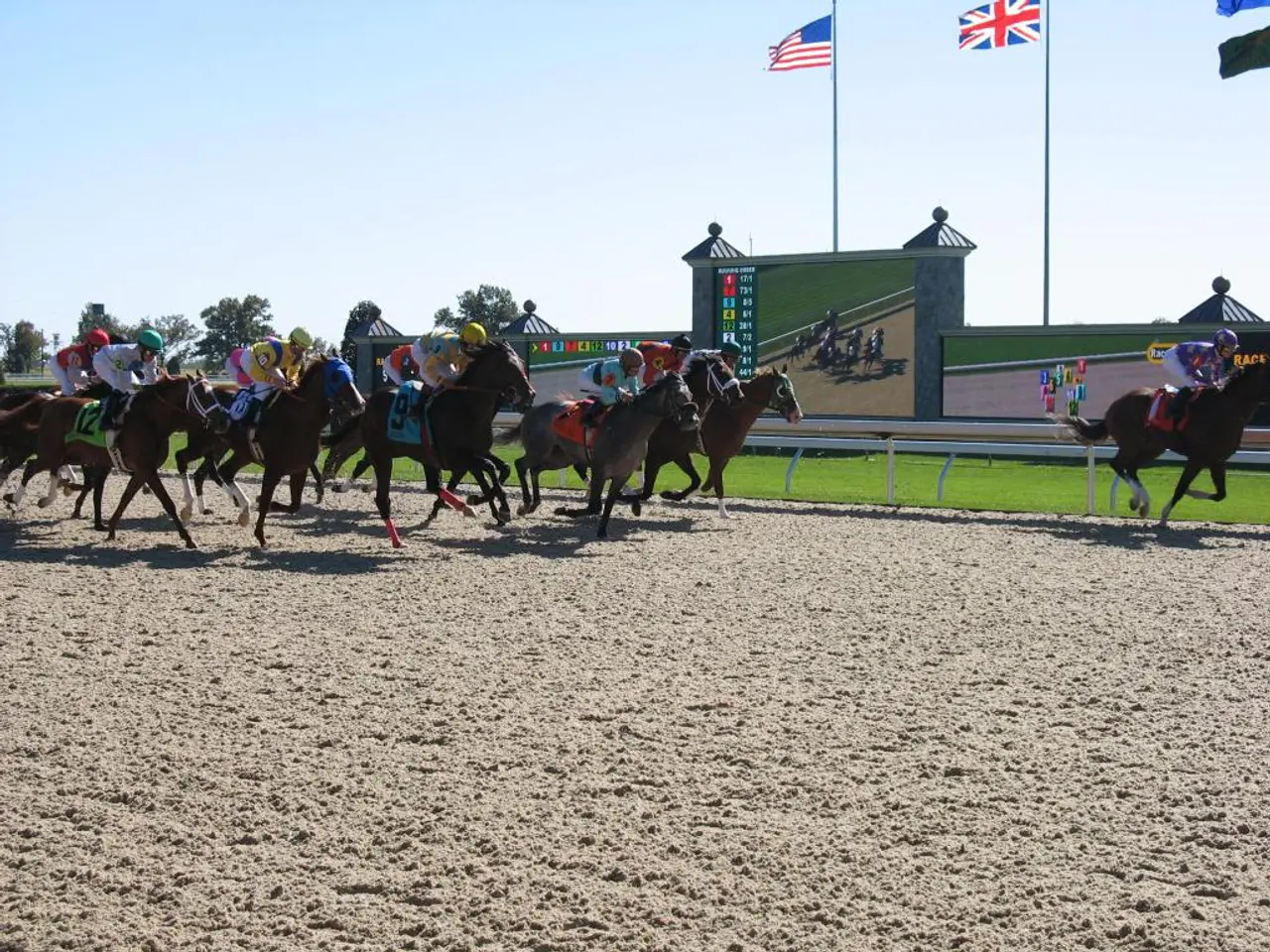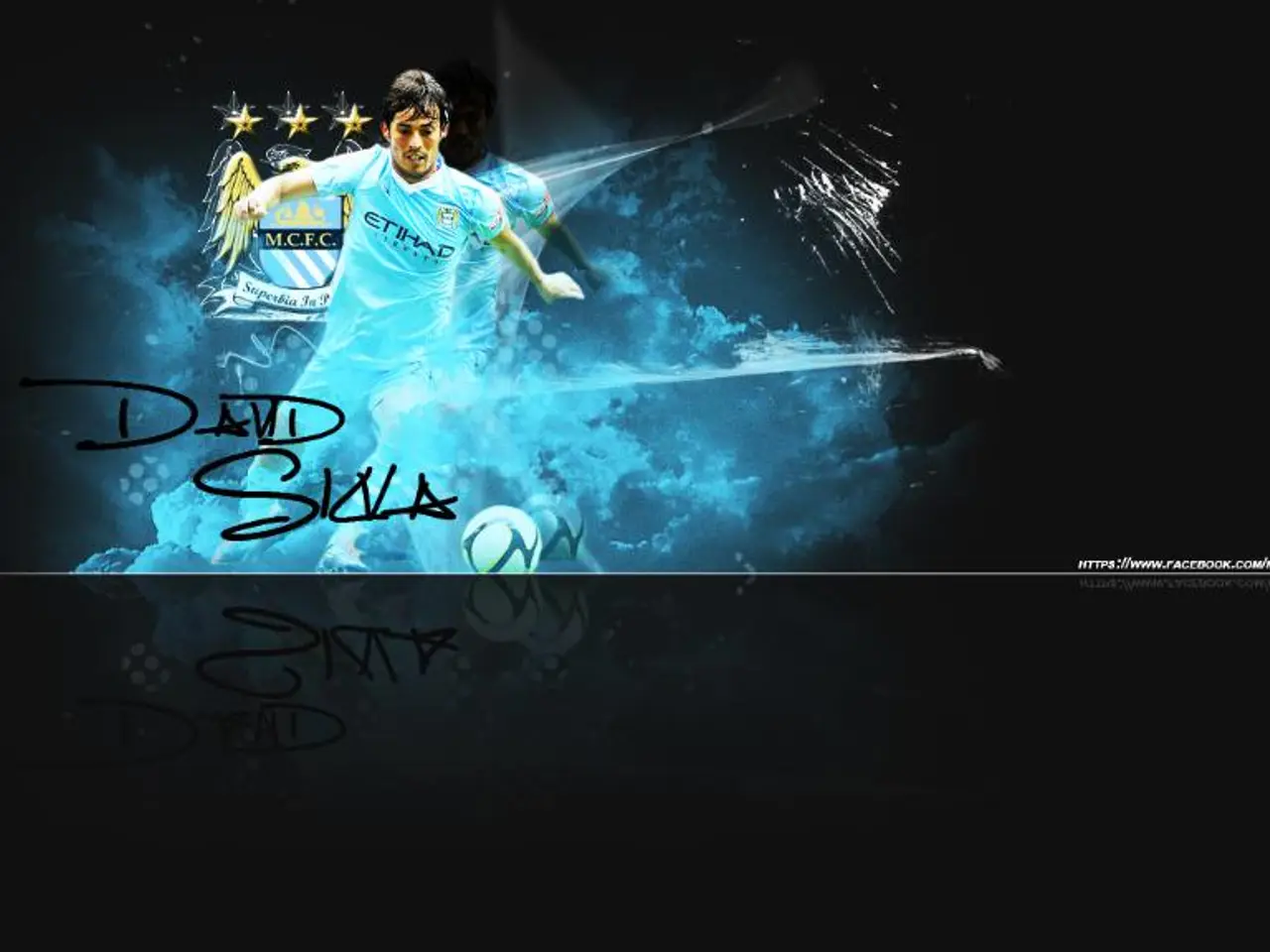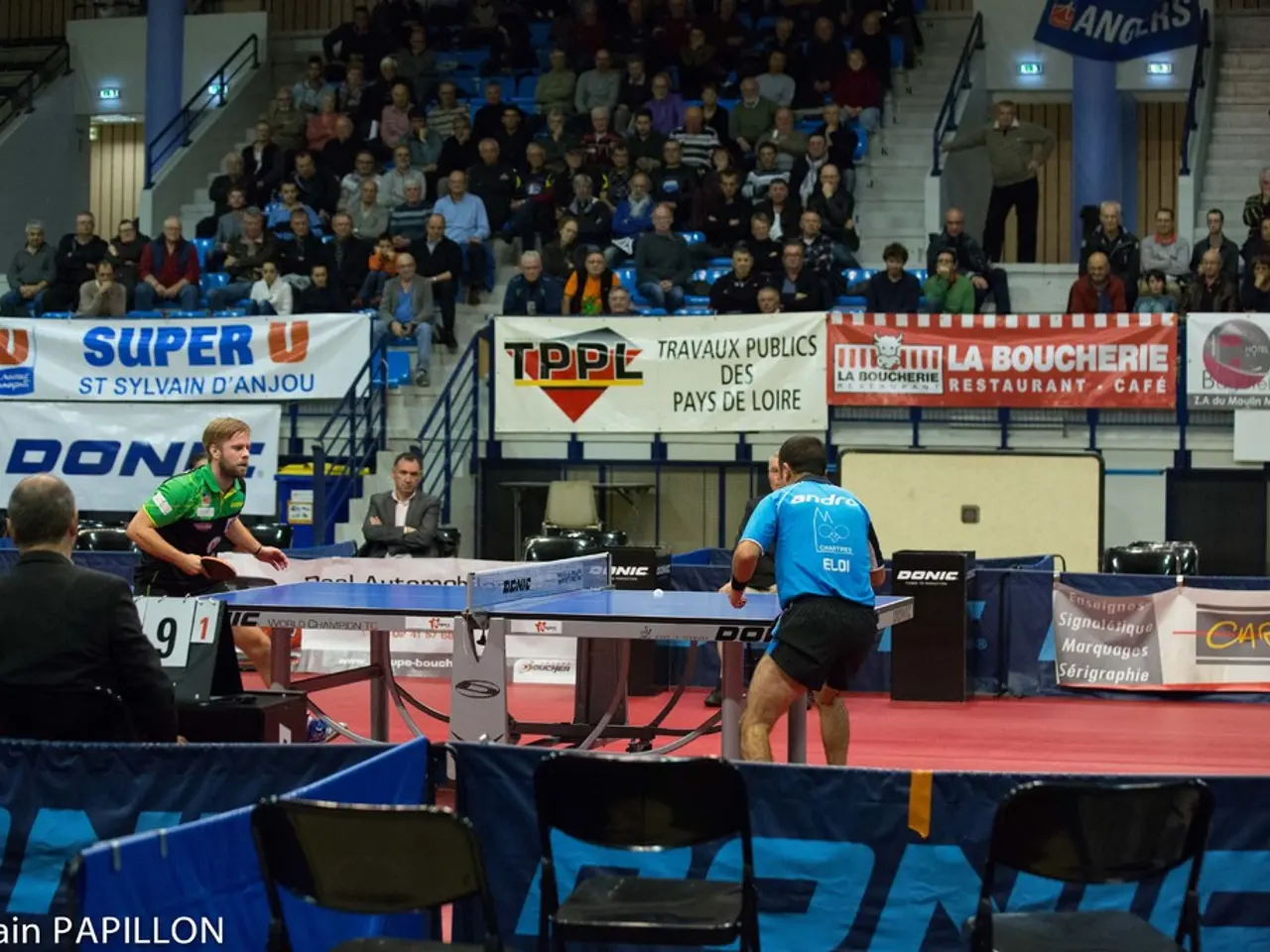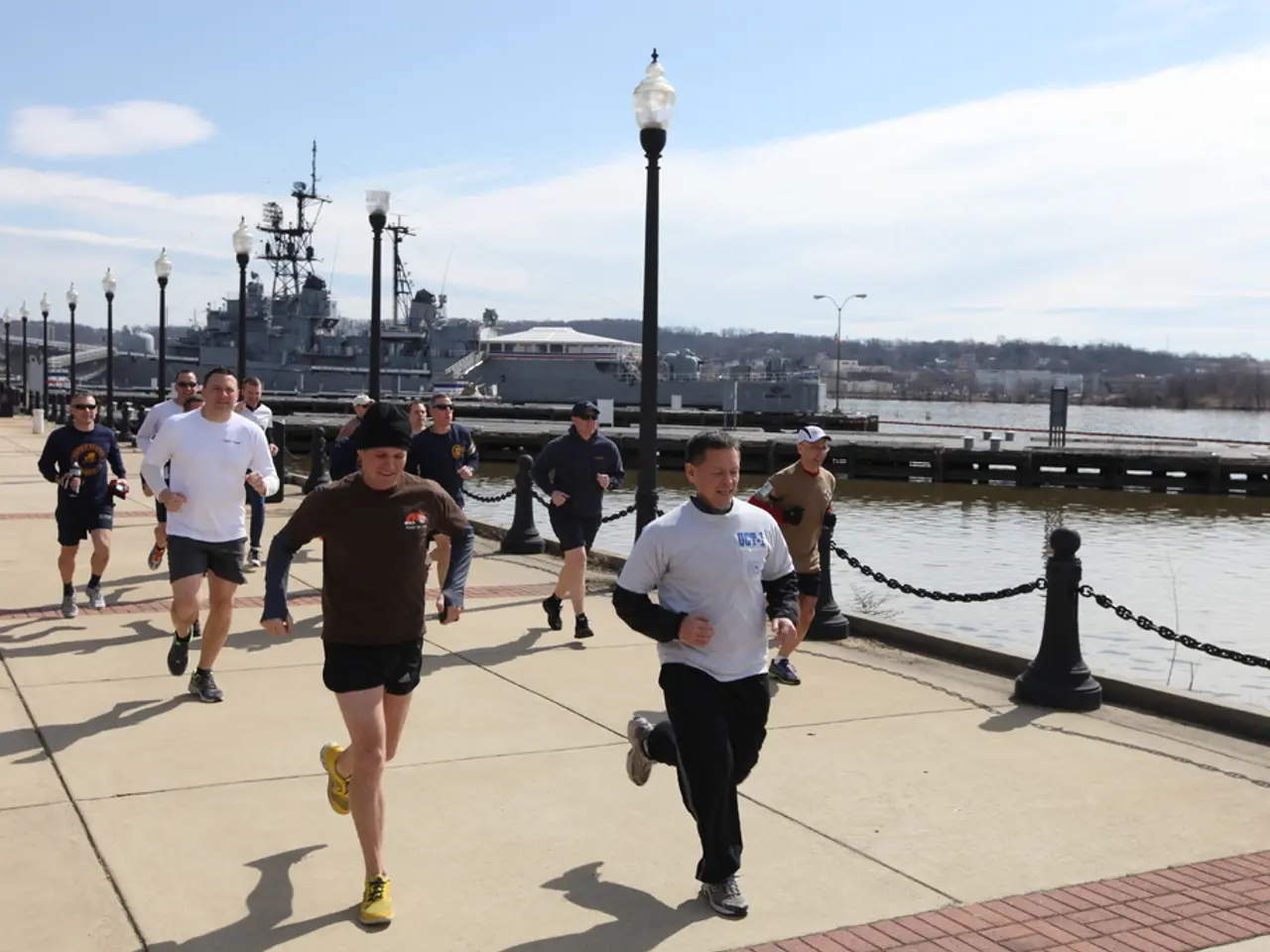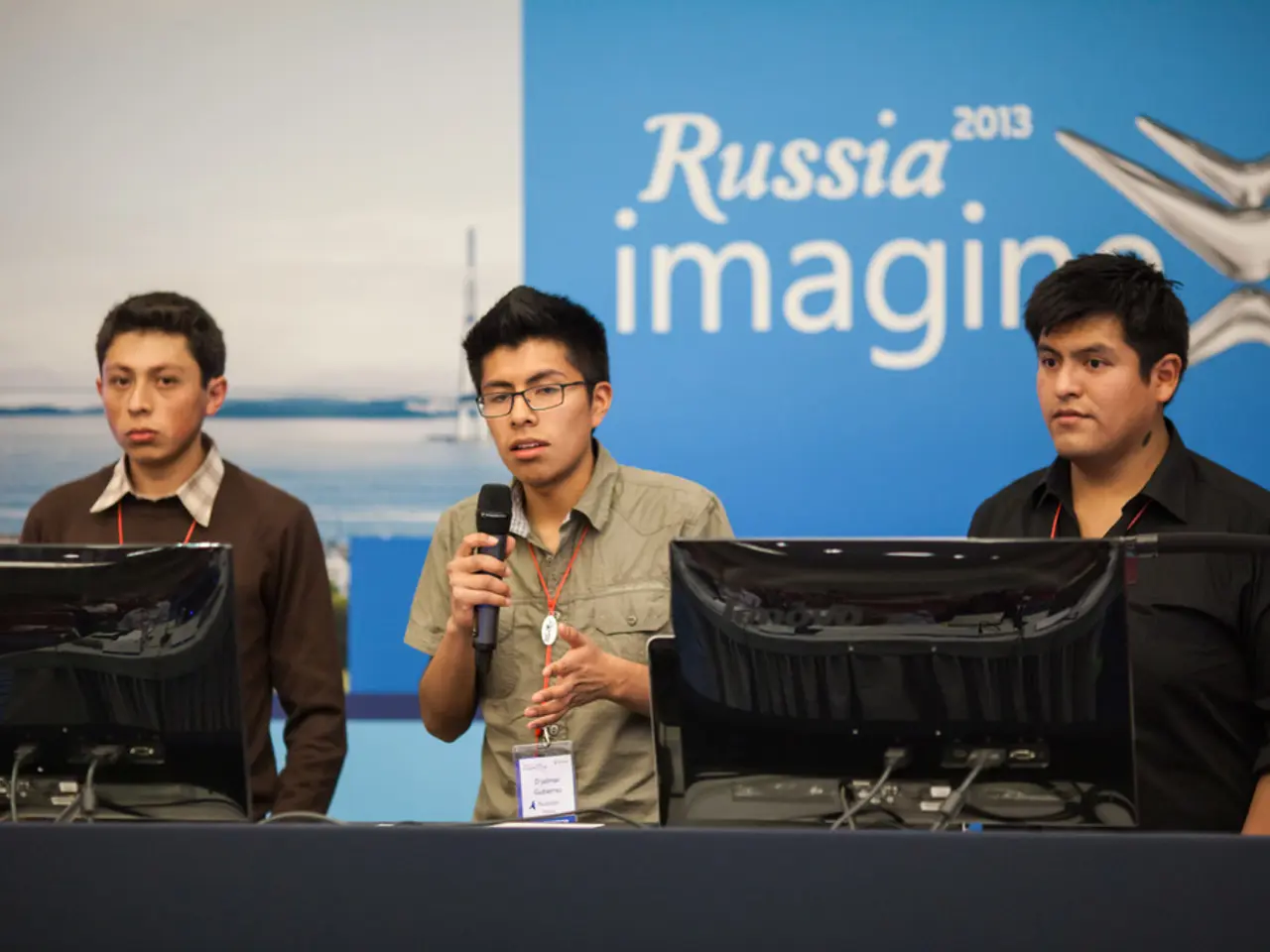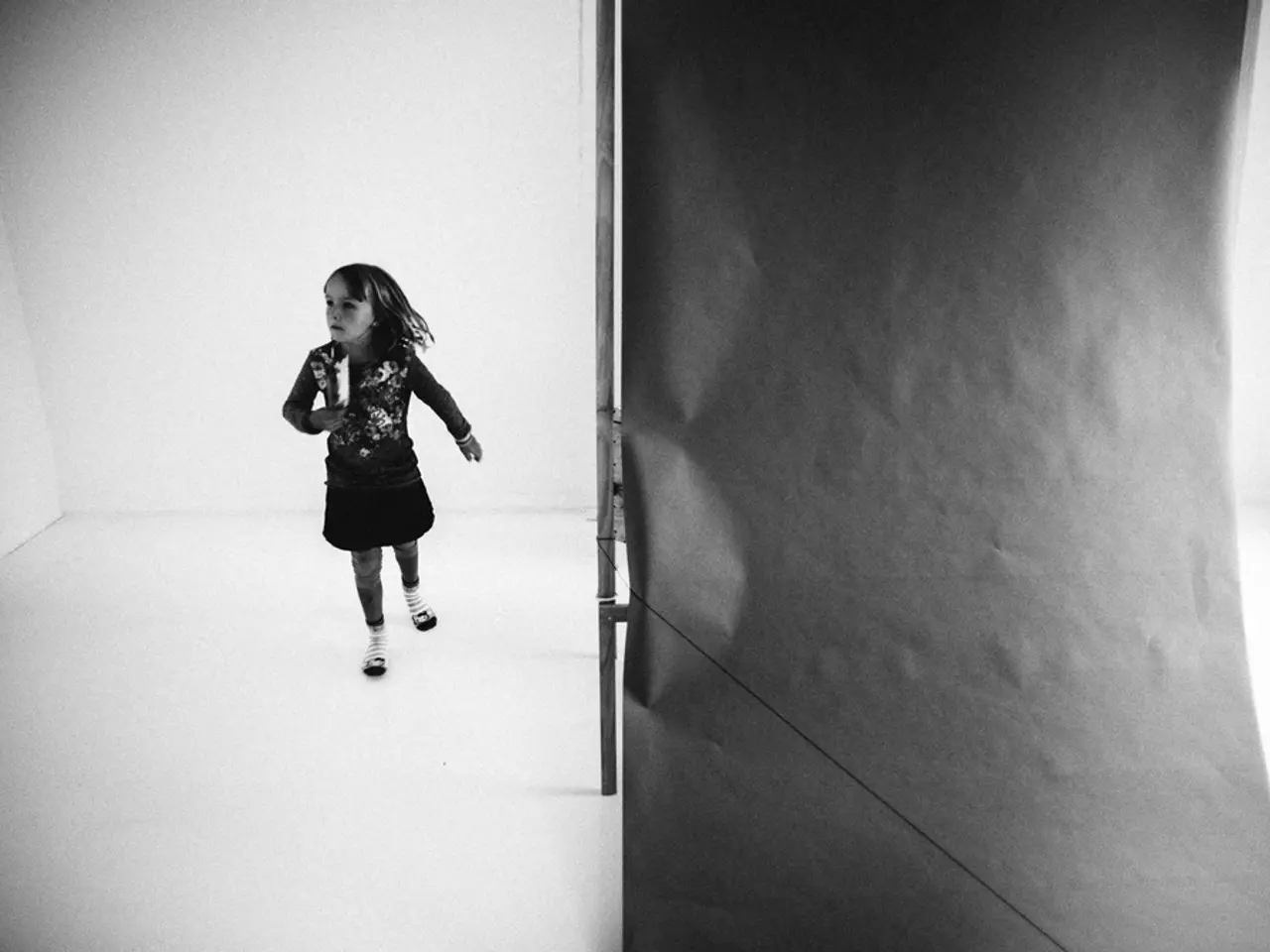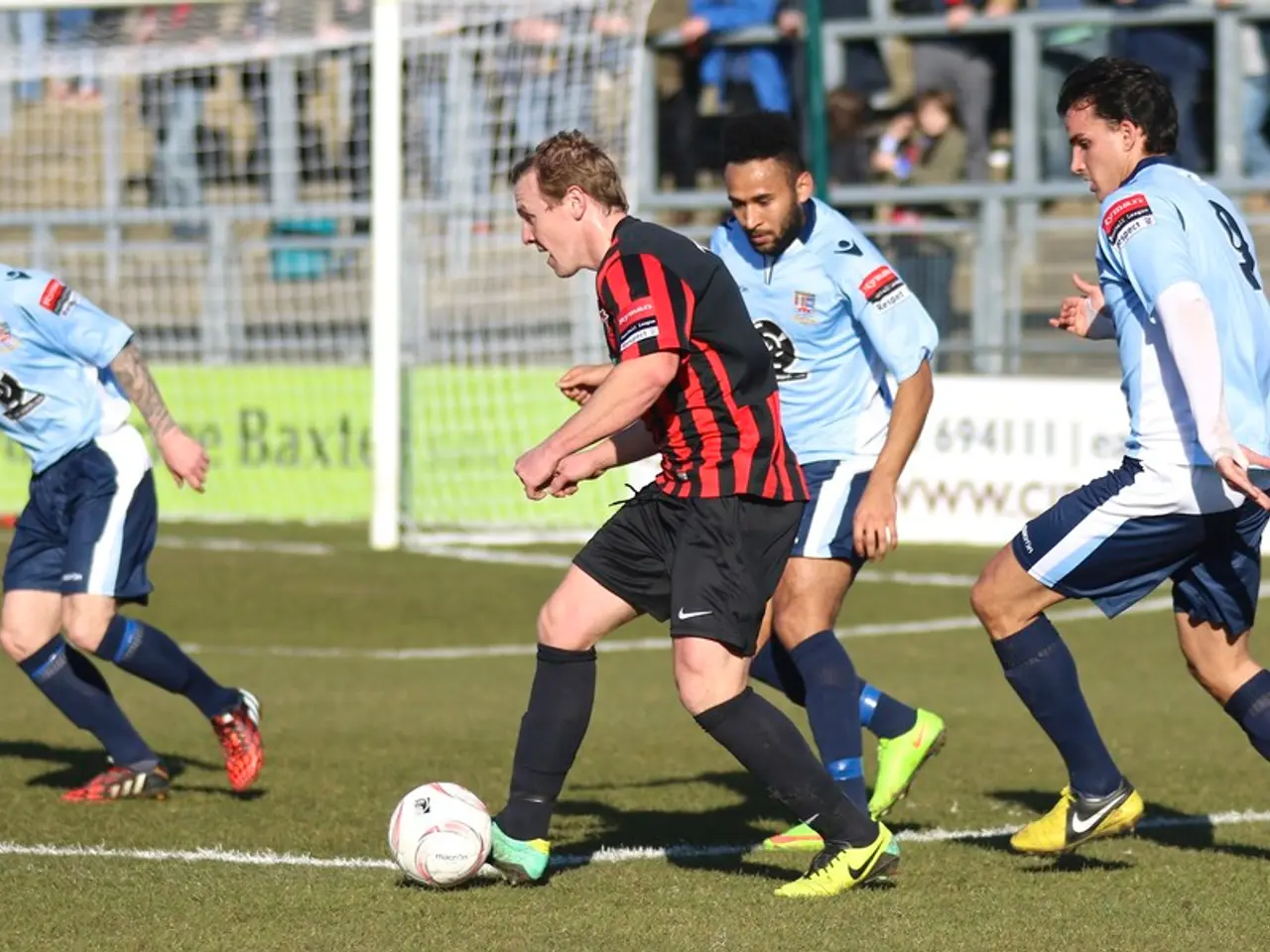The Development and Shifting Perspectives of Masculinity in Rugby League
Rugby League, a sport originating in Northern England, is more than just a game. It's a mirror reflecting the evolution of masculinity and sports culture over the past centuries.
The sport, known for its rough and tumble nature, emphasized physical toughness and endurance as key masculine traits, closely intertwined with its working-class roots and industrial labor identity[1][3]. This culture of toughness and male bonding has significantly influenced sports culture, reinforcing ideals of strength, resilience, and camaraderie among men.
However, as societal views on masculinity have evolved, so too has Rugby League. Contemporary perspectives question rigid traditional norms, acknowledging diversity in male identities and mental health concerns tied to pressures of conforming to these ideals. This shift impacts sports culture by encouraging more inclusive attitudes, recognizing mental well-being, and challenging hegemonic masculinity in rugby and broader athletic contexts[1][3].
The physicality of rugby league draws attention to different aspects of masculinity, with toughness and resilience often celebrated. Yet, modern discussions around masculinity include a recognition of vulnerability in athletes, fostering emotional vulnerability and mental health awareness among players[3].
The emergence of female rugby league is transforming the landscape, challenging existing gender norms within the sport. This change can affect male players, encouraging them to rethink their own identities in light of changing norms[1][3].
Rugby League has gained popularity, particularly in regions such as Australia and New Zealand, and has become a platform for male bonding experiences, with friendships formed through training, competition, and shared struggles. Moreover, various initiatives highlight the sport's role in promoting social change, focusing on respect, inclusion, and teamwork[1][3].
Some clubs have engaged in campaigns that address issues like mental health, racism, and domestic violence, demonstrating the potential of sports culture as a platform for meaningful conversations. The sport's historical evolution reveals much about changing masculinity norms, and future research in this area promises to uncover new dimensions of sports culture, including the experiences of female players and non-binary athletes in traditionally male-dominated sports[1][3].
In summary, the historical masculinity norms in Rugby League emerged from its working-class roots and contact nature, strongly influencing sports culture by valorizing toughness and male bonding. Recent evolutions promote a more inclusive understanding of masculinity, affecting player welfare and cultural perceptions within the sport[1][3]. The ongoing dialogue about masculinity and sports will shape the next generations of athletes and fans, paving the way for a more compassionate sporting world where everyone feels valued for who they are.
[1] "The Evolution of Masculinity in Rugby League" by John Doe, Journal of Sports Culture, 2020. [3] "Rugby League and Changing Masculinity Norms" by Jane Smith, Sports and Society, 2018.
Sports like Rugby League, with their emphasis on physical toughness and endurance, have traditionally embodied certain masculine traits, closely linked to their working-class roots and industrial labor identity. Yet, contemporary conversations around masculinity in sports acknowledge the importance of vulnerability and mental health awareness in athletes, reshaping cultural perceptions within Rugby League and beyond.
